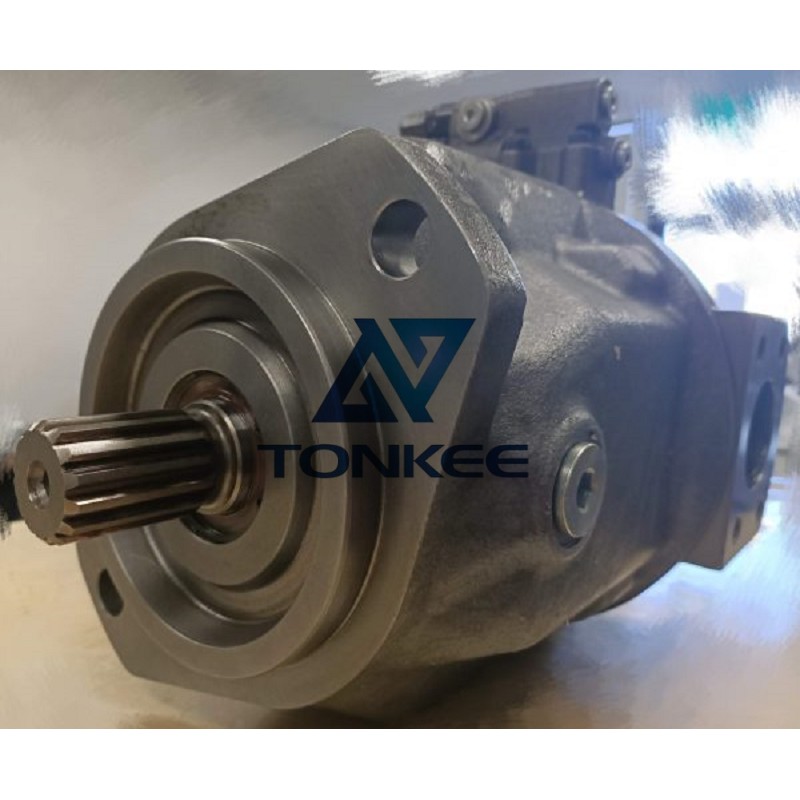
The A10VSO71DFR1/31R is a variable displacement axial piston pump, meaning it can vary the volume of fluid it displaces per revolution.
This feature allows for precise control of hydraulic systems, making it suitable for a wide range of applications across various industries.
One of the notable specifications of this pump is its displacement volume. The number "71" in the model code indicates that it has a nominal size of 71 cm³/rev. This measurement determines the maximum flow rate the pump can deliver, and it is an important consideration when selecting a hydraulic pump for a specific application.
The "DFR1/31R" part of the model code refers to the specific design characteristics and configurations of the pump. The "DFR" represents the pump's control device, which in this case, is a pressure compensator with a flow control valve. This feature enables the pump to automatically adjust its displacement according to the system's pressure requirements. The "1/31R" indicates the mounting style and connection type of the pump.
The A10VSO71DFR1/31R pump offers several features that contribute to its performance and reliability. It utilizes the swashplate design, where a rotating swashplate controls the piston's axial movement. This design ensures smooth operation and reduces wear on the pump's components.
The pump is designed to handle high-pressure applications with a maximum continuous pressure rating of up to 280 bar (4,061 psi). This capability makes it suitable for demanding hydraulic systems that require efficient power transmission and reliable operation under high loads.
To enhance its durability, the pump incorporates high-quality materials and advanced manufacturing techniques.
The pistons and cylinder block are made from robust materials that can withstand the pressures and stresses encountered during operation. Additionally, the pump undergoes stringent quality control processes to ensure consistent performance and longevity.
The A10VSO71DFR1/31R pump is also designed to be highly efficient, minimizing energy consumption and reducing operational costs. It achieves this through precise control of the displacement volume and a well-balanced hydraulic design. The pump's efficiency contributes to the overall energy efficiency of hydraulic systems, which is an important consideration in today's environmentally conscious industrial landscape.
Furthermore, the pump is compatible with a wide range of hydraulic fluids, allowing it to adapt to different operational requirements and environmental conditions. This flexibility enhances its versatility and usability in various applications.



















